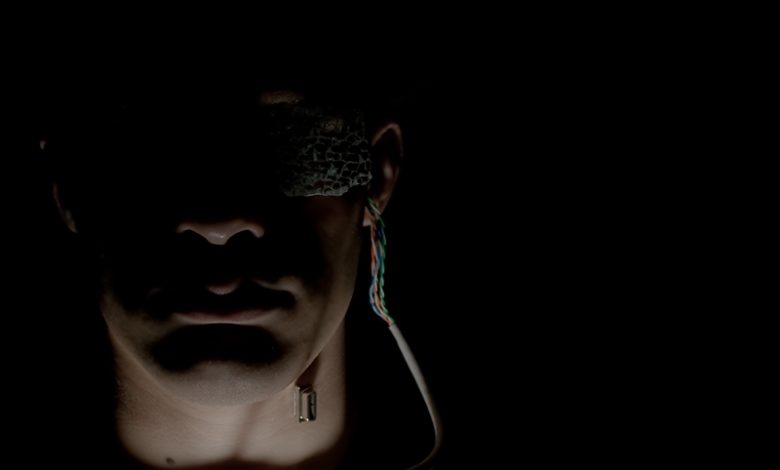
Deaf People and The Cyborg
DH’s latest contributor, John Walker (who is the Covenor of Deaf Studies at the University of Sussex) publishes a blog called Deaf Capital. John very kindly allows DH to re-publish an article from his blog on the unique relationship that a person with a disability may have with their assistive technology by using the metaphor of the sci-fi cyborg.
Donna Harroway challenged the essentialist feminist. It was common thinking that women have a different biology to men therefore they are different. The relationship between women and men is expressed as a binary. Our current understanding of relationships between men and women, black and white, abled and disabled, and deaf and hearing creates a duality. The risk is that women would not exist without the presence of men in the same way as the identity of Deaf people would not exist without a ‘hearing identity’ (which doesn’t exist anyway). Harroway wanted to challenge the strict lines between us and them; she wanted to blur these lines.
Harroway used the metaphor of the cyborg. It is an imagined or socially formed concept that nature and machine are closely entwined. Our imagined representations of the cyborg include Seven of Nine in Star Trek or the Cybermen in Dr. Who, where the mechanics are embedded into the human being but they are still visible, or The Terminator and Human Cylons who are machines that are indistinguishable from human beings. The Six Million Dollar Man was a perfect amalgamation of the cyborg but resulted with various non-human abilities; a super-man.
We have an obvious reference to the cyborg in the world of deaf people, the cochlear implant. An electrode breaches the inner ear and places a technical rendition of sound directly to the auditory nerve; it replaces the function of the ear with a machine. But the imagery of this machine includes the embedded magnet that holds the addendum in place. As no other part of the body is magnetic, the implant brings a machine orientated ability to the human body; a small unnatural super-ability.
Harroway goes a step further to explore the relationship between man and machine. She describes how the boundaries between the two, the duality, have become blurred. We all live with machines everyday: a pair of glasses, an iPhone, and an aeroplane. Without these machines, a large percentage of the population would be unable to see, be unable to contact another person remotely and get information on the fly, or take days to travel to holiday destinations in Europe. We are all cyborgs. The boundary between man and machine is blurred.
In turn, Harroway has challenged the essentialist description of feminism. Feminism is not about being a biological woman but the affinity between women. How feminism is described is based on that affinity. She challenged some feminists who rejected women who identify themselves as pornographic entertainers and they should convert to an ‘ideal’ feminist. Harroway accepted all levels of affinity to inform feminism, from the activist to the prostitute.
What does this mean for us, as a community of Deaf people? Do we need to come away from the essentialist description of the biological deaf person to justify the existence of a Deaf community? Come away from the duality of deaf and hearing, and focus on the affinity between Deaf people. There is no single image of a Deafist because the lines between Deaf and hearing are blurred. If there is affinity amongst deaf people, then that constitutes Deafism.
If you could allow me to play with the cyborg a little further, cyborgism has its own agenda. I caught an older gentleman in an electric wheelchair/scooter riding on the road. The purpose of the scooter was to allow older people, who are unable to walk very far, to travel like other people. In fact, the scooter is quite fast and the gentleman had his hand on the gas with a beaming grin. He got one up on the slower walkers and he was in the fast lane. Cyborgism has never been about making disabled people normal. It is about making disabled people super-people.
There will be a day when the fastest runner, the furthest jumper or the quickest team will not be found in the Olympics, but in the Paralympics. Disabled people will supersede the abilities of other athletes. It will result with three groups of people: the disabled who reject technology or unable to use it; the abled who have a standard set of abilities; and the super-abled, the intentional cyborgs (see Hallacy).
The Cyborg metaphor helps us to exist as a Deaf people without the need of the opposing ‘hearing people’, we exist because we are. As long as the affinity exists between us, the Deaf community exists. We need to come away from the myth that machine can replicate what is natural because humanity has higher ambitions or supernatural dreams, and they will come to life in the real-life cyborg.
By John D. Walker
Photo by Bohman